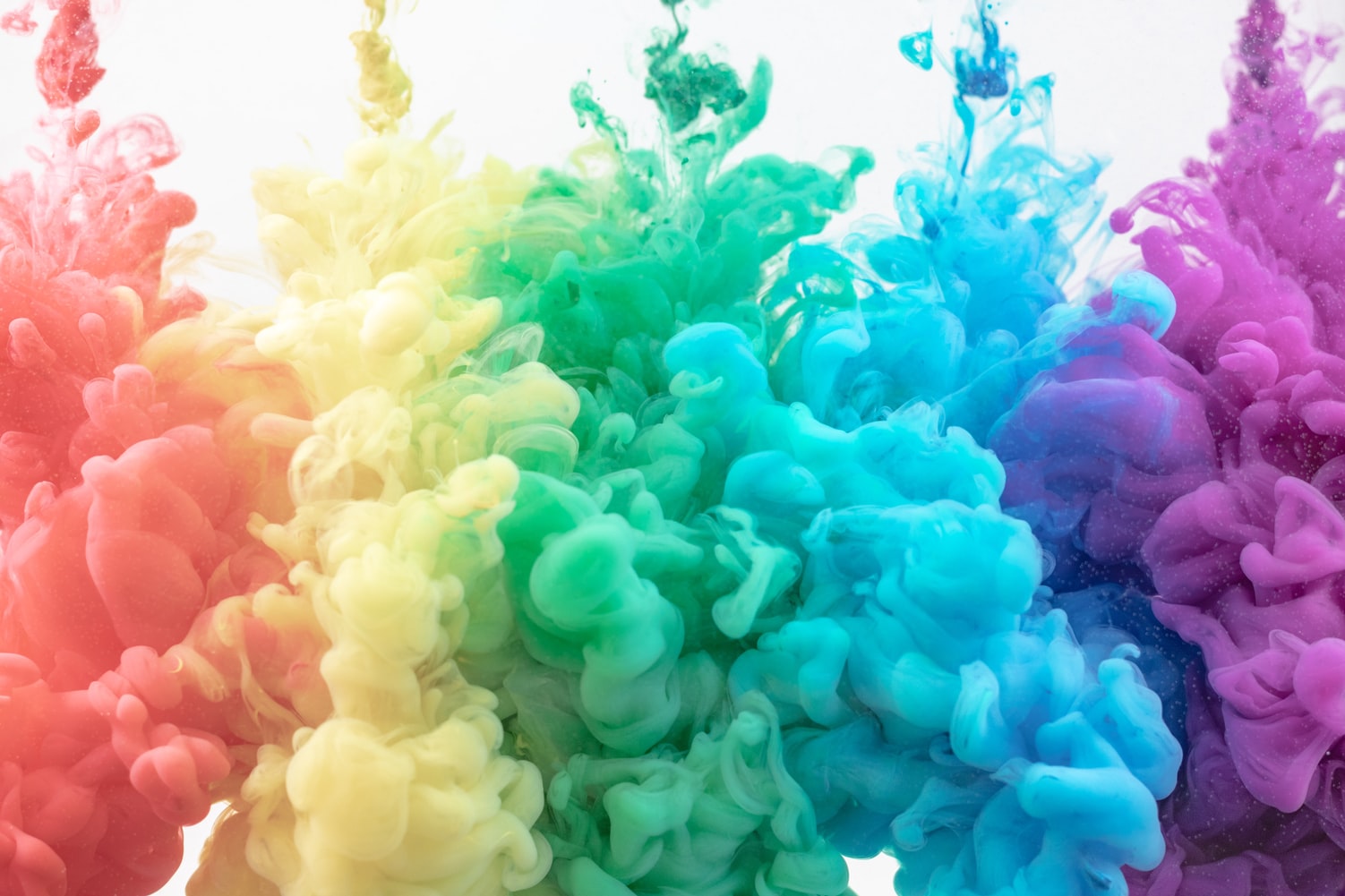Despite commonly appearing in black and white, QR codes can actually be printed in a variety of colors — which can be a great way to make them match your brand better.
However, there are some things to consider when deciding what colors to use.
- Not all QR code generators provide QR codes in different colors, so you may need to be edit the image yourself (or hire someone to).
- QR codes still need to have high contrast between the “black” areas of the code and the background. For example, switching the “black” areas to a shade of red and printing it on a background just a few shades different will likely make the code unreadable (or at least harder to scan).
- Keep the color of the paper or other material your QR code will be printed on and if this will “show through” as the background.
- If you’re printing on white or off white paper, it’s a good idea to make the QR code a darker color.
- Some devices cannot read QR codes that have their colors inverted — that the “black” areas becoming a lighter shade and the “white” areas becoming a darker one.
- Likewise, printing a QR code against a transparent background (such as for a window decal), can cause issues. In general, asking your printer to “print” a white background (sometimes referred to as a “wash” or “washout”) with proper margins is the safest bet.
All that said, the best guideline is to keep QR codes black and white, especially if you’re new to design and don’t have a solid understanding of how colors and contrast work.
Contactless Menus Digital Menus QR Codes Touchless Menus


